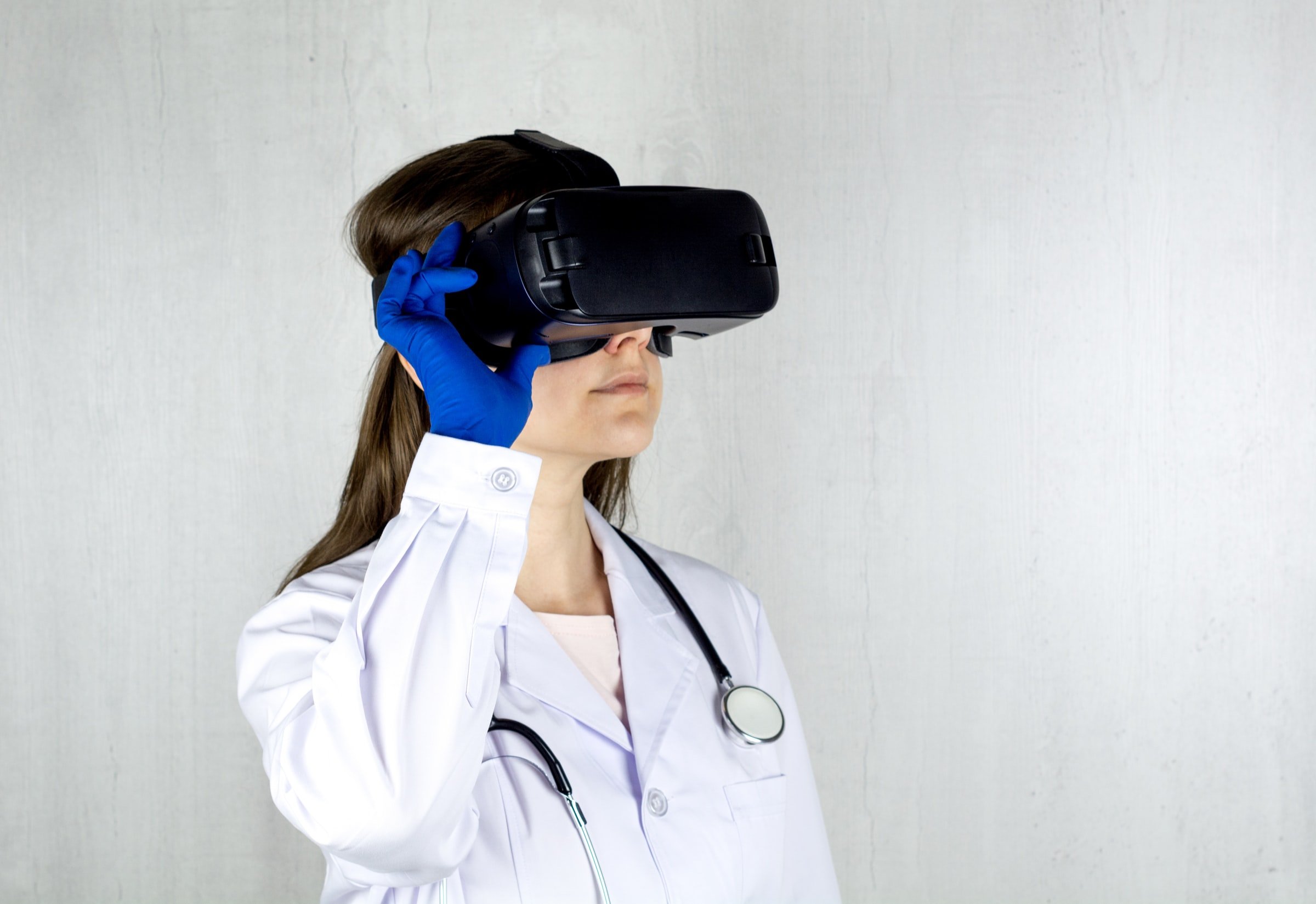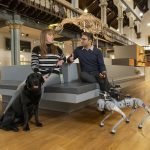
Research from Berg Insight suggests the number of remotely-monitored patients hit 45.6 million in 2020.
The IoT market research giant analysed the growing number of patients enrolled in mHealth care programs where connected devices were used as part of the regimen.
Adoption is currently being driven by sleep therapy, diabetes monitoring, and implantable cardiac rhythm management (CRM) devices.
ResMed and Philips are the two brands dominating the sleep therapy market which has swelled to 23.5 million patients in 2020.
Glucose monitoring for diabetes control is the second-largest segment following rapid growth in recent years. Remote monitoring solutions are used by 6.2 million patients, with notable continuous glucose monitoring (CGM) system brands including Abbott and Dexcom.
Leaders in the CRM market include Medtronic, Boston Scientific, and Abbott.
“One of the most promising segments is medication compliance, which we expect will have the strongest growth in the next five years”, says Samuel Andersson, IoT Analyst at Berg Insight.
Other mHealth categories include ECG, telehealth, blood pressure monitoring, and more.
More than half of connected mHealth devices rely on cellular connectivity. Berg Insight says that cellular mHealth devices reached 24.1 million in 2020.
BYOD (Bring Your Own Device) solutions that allow patients to use devices like their existing smartphones are expected to increase the most over the next six years, with a forecasted CAGR of 22.1 percent.
“BYOD involves low cost and the technology is mostly adopted in patient-centric therapeutic areas such as diabetes and asthma that have younger patient demographics compared to many other chronic diseases,” commented Andersson.
“Many of these patients prefer to use their own smartphone as the interface instead of carrying around a dedicated device for remote monitoring.”
Berg Insight estimates that the overall number of remotely monitored patients will grow at a compound annual growth rate (CAGR) of 16.8 percent to reach 115.7 million by 2026.
Real-time patient monitoring and smarter health devices were recently included as part of our 10 predictions for the IoT in 2022.
(Photo by Bermix Studio on Unsplash)

Want to learn more about the IoT from industry leaders? Check out IoT Tech Expo. The next events in the series will be held in Santa Clara on 11-12 May 2022, Amsterdam on 20-21 September 2022, and London on 1-2 December 2022.






